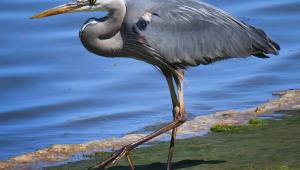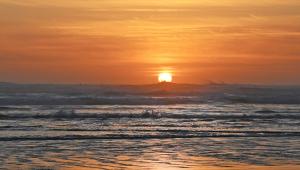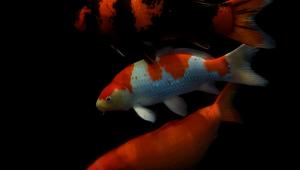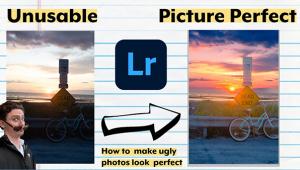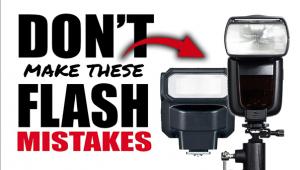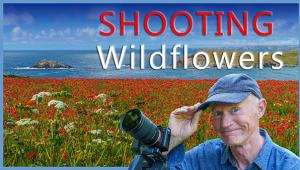Three (Unexpected) Uses For A Digital Camera
A New Tool For Some Old Tricks
Photos © 2004, Roger W. Hicks, All Rights Reserved
Nikon (www.nikonusa.com) deserves near-unbounded praise for the D70. Not only is it an excellent camera, it also integrates extremely well into an existing Nikon system. This means you can put all kinds of wonderful things on the front. I have absolutely no interest in the 18-70mm f/3.5-4.5 lens that comes with the kit, because I have no interest in slow consumer-end zooms, but I have been steadily more impressed with the results I can get with my existing lenses.
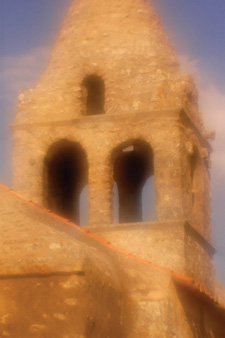 |
|
|
It's worth noting, though, that the D70 has no metering whatsoever with
older lenses--not even stop-down metering, because there's no mechanical
stop-down. You therefore have to use a separate meter. This doesn't worry
me for an instant, but it's a point worth making for those who normally
depend slavishly on their through-lens meters.
My original reason for getting a D70 was for product shots, step by steps, and
other unexciting forms of routine illustration. I couldn't imagine using
it for "real" photography because I so much prefer the look I get
from silver halide, but it was still a worthwhile buy even if I used it for
nothing else. But so far--and I've not had it long--I've
already discovered three other uses for it, including even one aspect of "real"
photography.
 |
|
|
The lens I normally use for product shots and step by steps is an old Vivitar
90-180mm f/4.5 Flat Field. A justly legendary lens, it was apparently originally
designed for medical photography, and it goes down to 1/4 life size at 90mm
and 1/2 life size at 180mm. The quality is not as good as a prime lens such
as the utterly lovely 100mm f/2.8 Zeiss Makro Planar, or even our old 90mm f/2.5
Vivitar Series 1, but it's still very good indeed and of course it's
outstandingly convenient.
The 90-180mm also has an exceedingly useful feature of its own rotating tripod
collar; you mount the lens on the camera stand and put the camera on the back
of the lens. You can then rotate the unit for "portrait" or "landscape"
orientation, or change bodies without taking the lens off the stand.
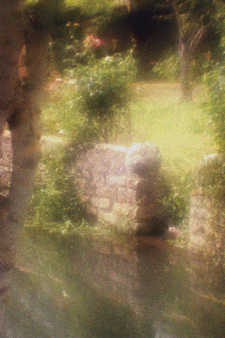 |
|
|
Now, I have for years used a Nikon Polaroid back by NPC as an aid in exposure determination for extreme close-ups. A 24x36mm Polaroid (you get two per sheet) may sound like a waste of time, but it tells you far more than you might readily believe.




